Society & Technology Start-ups
THESE START-UPS ARE PIONEERS
@DuckDuckGoose
Artificial intelligence (AI) is increasingly being used to solve social problems. TU Delft is also investing heavily in education, research, and innovation around AI. This has resulted in various initiatives including DuckDuckGoose, Geronimo and ReMAP, which respectively focus on combating deepfakes, keeping maps up-to-date, and more efficient aeroplane maintenance.
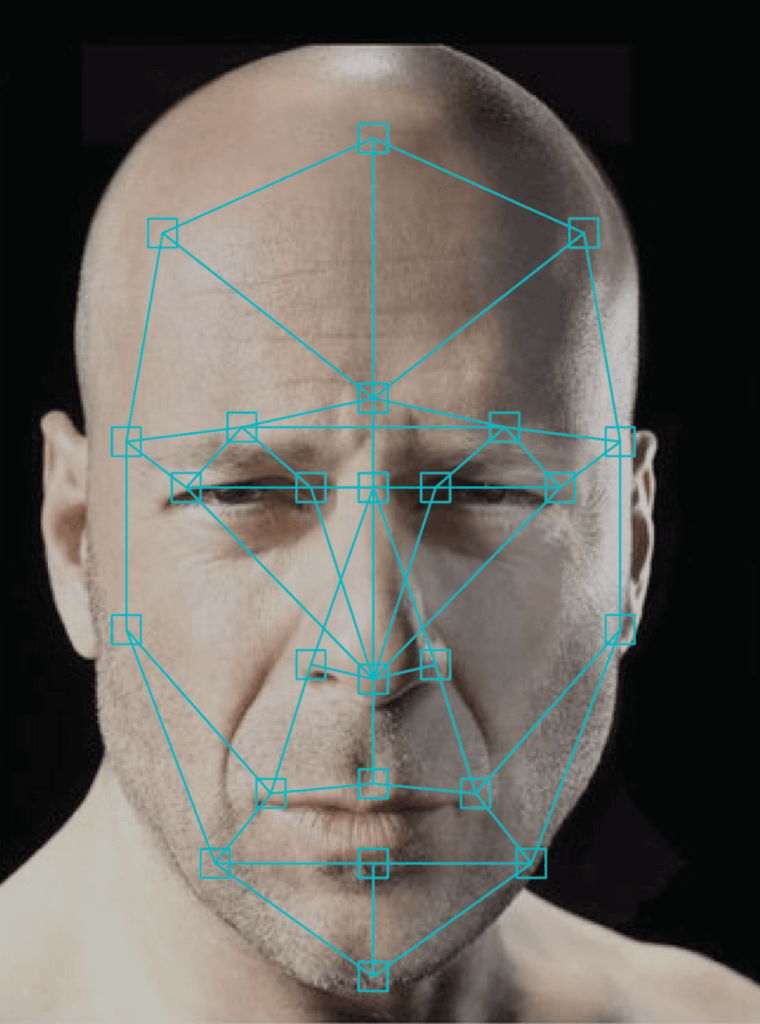
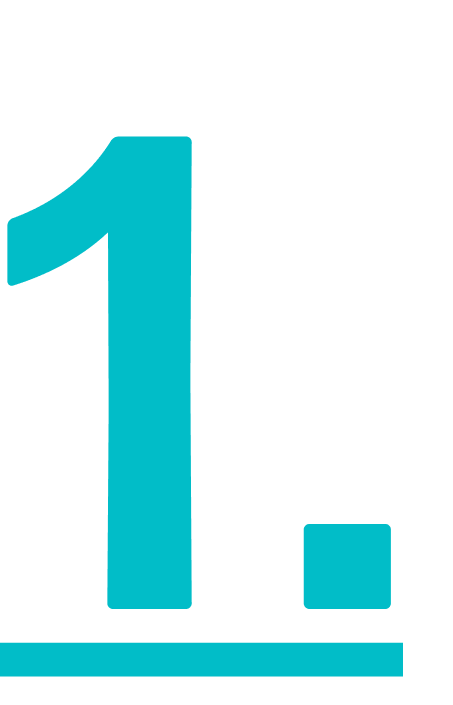
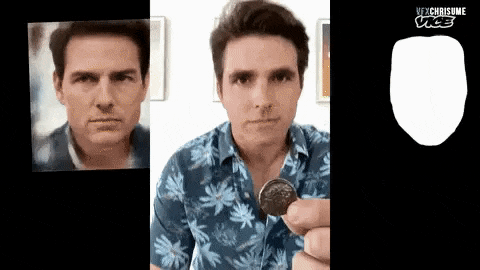
© DuckDuckGoose
Nowadays everyone can change face with that of a celebrity. DuckDuckGoose makes it possible to detect this kind of deepfakes in an explainable way.
DuckDuckGoose
Deepfake, the manipulation of images using AI, often ends up in funny videos. But the technology also has a darker side, such as the production of fake news or fake accounts for bank accounts, or having famous persons act in non-consensual porno films. A few years ago, a group of bachelor students with minors in technology-based entrepreneurship chose the increasing threat posed by deepfake as their theme for an assignment to provide a technological solution for a social problem. They decided to counter-attack using the same weapon, namely AI. Their initiative later led to the founding of DuckDuckGoose, which developed the Deepdetector programme. Joris Mollinga, one of the original founders explains. “We use AI for deepfake detection. The programme has learned to distinguish between authentic and deepfake material. By identifying suspect pixels we also show why something is deepfake. The accuracy is 93% at present.”
DuckDuckGoose has undergone rapid growth. Besides the three founders, the team now has nine employees and trainees, which is double the number since the beginning of the year. Mollinga explains that the development team keeps a sharp eye on deepfake developments around the world. “We look at the new methods being developed and how they are being improved. We are continually updating our Deepdetector to take this into account. It is a tough battle, but we’re always breathing down the necks of the developers.” DuckDuckGoose operates in two different markets. The first is the identity verification industry, which also works for banks. The second is the forensic sector, including the Dutch Forensic Institute. What this sector uses the programme for remains a secret – for DuckDuckGoose as well. The Delft-based company sees the most growth potential in identification verification. That is also where people are willing to innovate, adds Mollinga, explaining that criminals can use deepfake to take on a different and synthetic identity. He takes opening a bank account as an example. “Anyone can do this remotely with a selfie in combination with the photo on your passport or driving licence. This verification system is vulnerable. With a stolen ID or a deepfake selfie, created with Internet photographs of the owner of the ID, anyone can pretend to be this person, making it possible to launder money or take out a loan. This can also be done by creating a synthetic identity of someone who does not even exist. Our Deepdetector can distinguish between fake and authentic.”
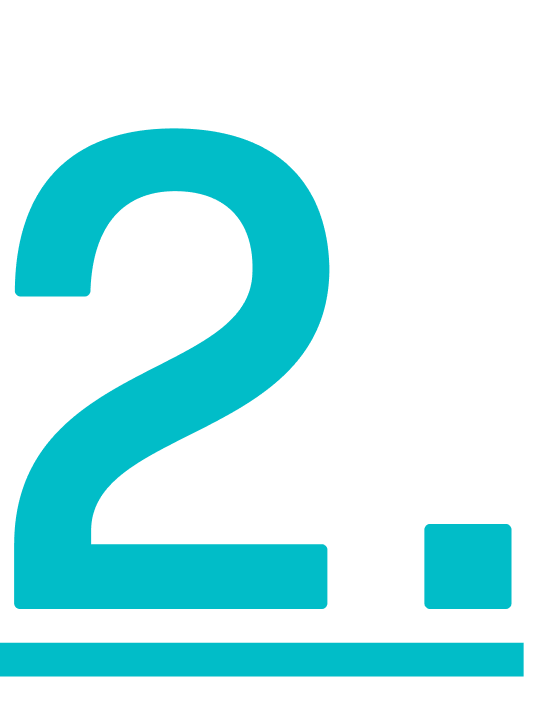
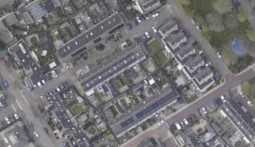
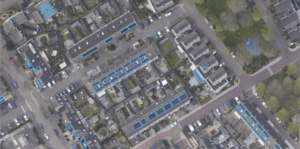
© Geronimo AI
The Netherlands is constantly changing. All kinds of government organisations want to follow these changes closely. ChangeMapp compares maps and recent aerial photos together, which is normally human work.
Geronimo AI
Tom van Loef, who, after completing his bachelor’s degree in computer science at a university of applied sciences, pursued the Master’s programme in Computer Science at TU Delft, is one of the founders of Geronimo AI. There were other students in his student house who busied themselves with artificial intelligence. “We wanted to start something together in our chosen discipline. We considered robots, but for hardware you need lots of money. In the end, we decided to make AI software, for which you only need a laptop. I even dropped out of college to focus full-time on this new adventure. We now have four full-timers and eight students.” Initially, the founders looked for a niche in the market, and they found one in geo-remote sensing. The idea was to use satellite images and aerial photos to make maps. They developed two programmes based on AI. CropMapp was commissioned by the Ministry of the Interior. “The Ministry leases a great deal of land temporarily to farmers, and this is subject to various rules. For example, farmers may not grow the same crop every year to avoid depleting the soil,” explains Van Loef. “CropMapp lets us visualise the crop rotations using satellite images. Besides this type of monitoring, we can also identify the actual land use. The relevant question then is whether the land is actually being used for agriculture within the framework of the European subsidy scheme.”
In 2020, Geronimo AI launched a new product that is now its main focus: ChangeMapp. ChangeMapp focuses on three strongly interrelated key data registers: the WOZ (Real Estate Valuation), the Basisregistratie Grootschalige Topografie (key register of topographic information) – a digital map of the Netherlands on which buildings, roads, waterways, fields, and railway lines are unambiguously documented – and the Basisregistratie Adressen en Gebouwen (key register of addresses and buildings), which contains data on all official addresses and buildings in the Netherlands. These registers are managed by source owners such as government ministries, provinces, municipalities, water boards, and Rijkswaterstaat (Department of Waterways and Public Works). As the Netherlands is continually changing, these government bodies strive to monitor any changes as closely as possible. ChangeMapp enables them to do so, as it compares the maps with recent aerial photos. Van Loef says that “Normally, this is managed by humans to determine whether the maps still correspond to new aerial photos. Based on a great many examples, our programme has learned to take over this task and map out any changes.” According to Van Loef, his company is now facing the following challenge. “At present, we can show where a map is no longer correct and whether the change involves a building, a ditch, or a street for example. We are now trying to use aerial photos to provide images taken from the side. This will enable us to see, for example, whether the space beneath a roof is enclosed by walls or not. And if our algorithm works even more accurately, hopefully soon, ChangeMapp will also be able to update the maps themselves so that the entire processing cycle is fully automated.”
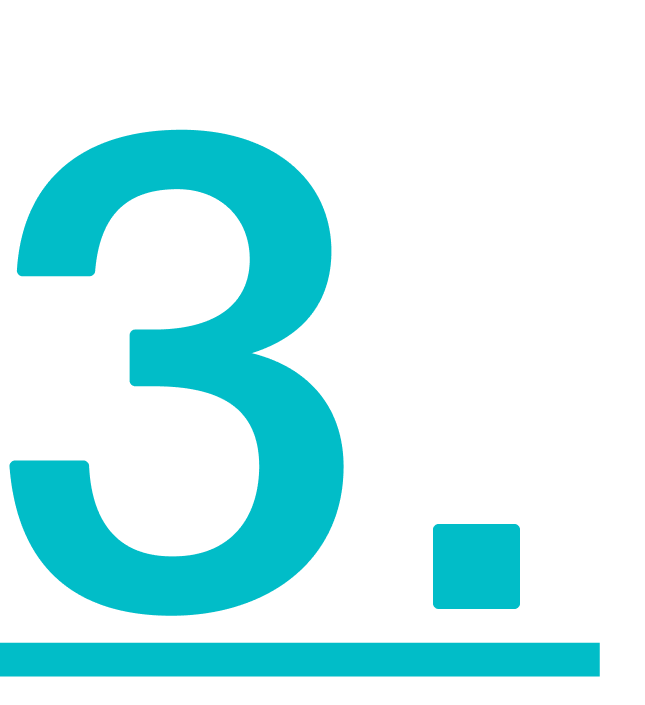
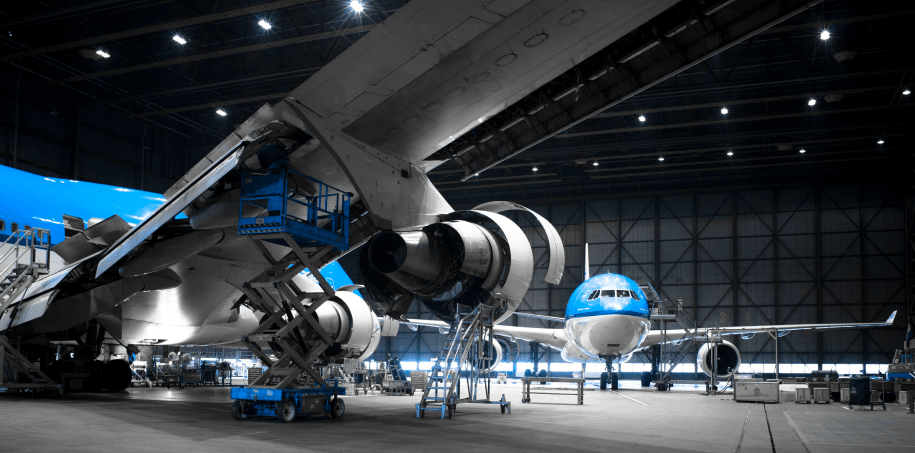
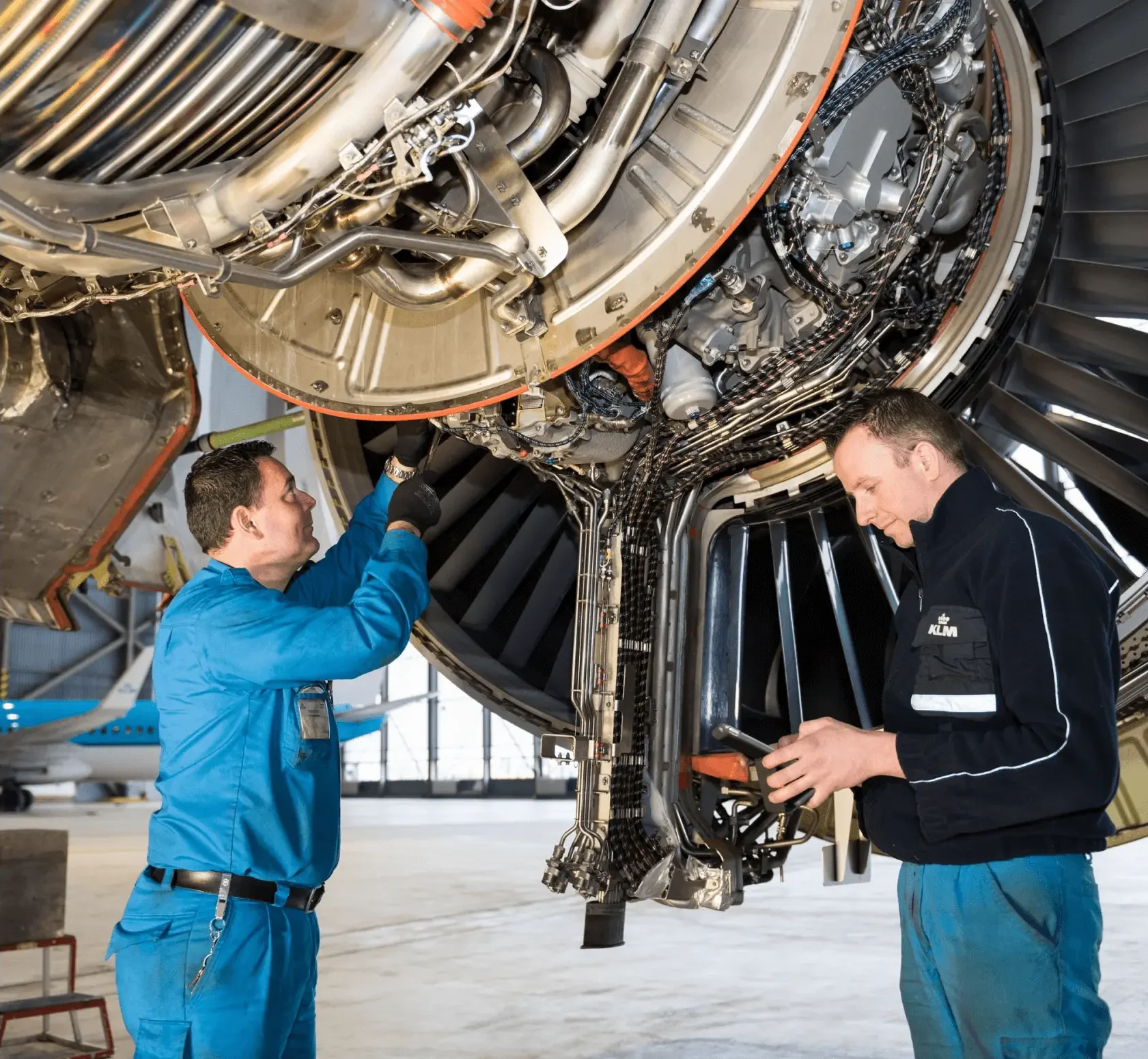
© ReMAPI
Thirteen European universities, research institutes and companies participated in the ReMAP project. ReMAP has to make aircraft maintenance more efficient and waste reducing. Parts are now replaced by default, even if they are still good. With the CBM-method of ReMAP intervention would only
be necessary if it turns out that components are at the end of their usable life cycle.
ReMAP
Artificial intelligence also plays an essential role in the European ReMAP, which stands for Real-time Condition-based Maintenance for Adaptive Aircraft Maintenance Planning. ReMAP came about because the European Commission wished to make aeroplane maintenance more efficient. Thirteen European universities, research institutes, and companies collaborated on this recently completed project. Project Manager Bruno Santos is Associate Professor at the Department of Control & Operations at the Faculty of Aerospace Engineering. According to Santos, the current method of aeroplane maintenance is not efficient. “It is done preventively according to fixed intervals based on the number of hours flown and the number of landings, for example. Parts are then replaced according to a fixed schedule regardless of whether they are still good or not. That obviously leads to a great deal of waste. But a defect can also occur that requires repairs. You then only respond after the problem occurs which leads to delays and significant added costs.” Would condition based maintenance (CBM) be a better method for monitoring the condition of aeroplane systems? Intervention would then be necessary only if it turns out that components are at the end of their usable life cycle. To answer this question, research was conducted on KLM’s 787 and 737 Dreamliners. Santos says that “We limited ourselves to the sensors of eight different systems that are not critical for passenger safety, such as the air compressors in the cabin, the supplementary cooling unit, and the indoor climate regulator. An algorithm analyses the data from these sensors, such as pressure, temperature, and rotation speeds of pumps and compressors, and then evaluates whether parts need to be replaced.”
The researchers showed that CBM works. Santos emphasises that the algorithm needs to be optimised and that it is important to also develop new sensors specifically to monitor the health of components. “We have also created an IT platform that aeroplane companies can use without sharing their data with competitors. We send the algorithms to those companies that are continually further training the CBM system. The collaboration through this open IT infrastructure will eventually lead to a useful system for aeroplane maintenance.” To determine whether it is possible to closely monitor the composite structures of an aeroplane as well, the researchers build scale models of structural elements in aeroplanes. These models are fitted with sensors that do things like transmit vibrations and acoustic information. AI analyses of these data should then reveal whether there are any signs of damage and if so, how serious they are. The scale models were subjected to all kinds of practical tests. Santos is pleased that these analyses also provide valuable information for maintenance and repairs. “ACARE, the Advisory Council for Aviation Research and Innovation in Europe, suggests that CBM will probably be the default approach by 2035. This gives us good hope.”
